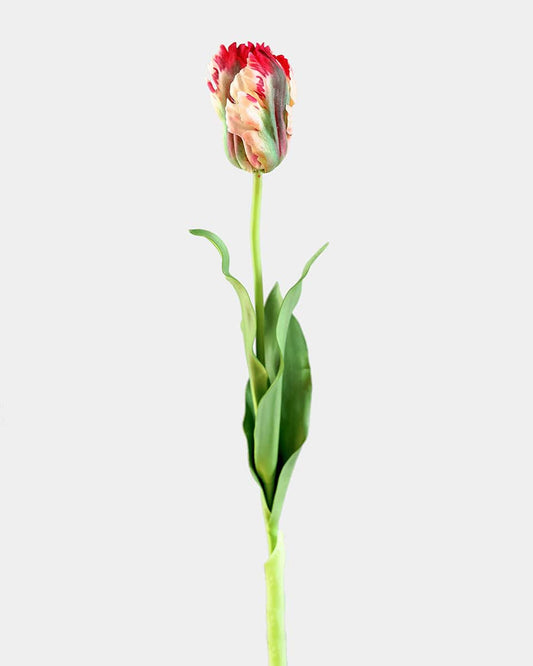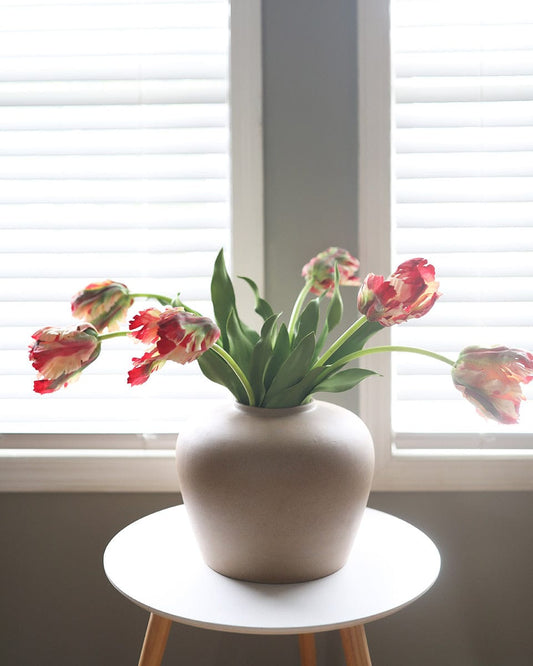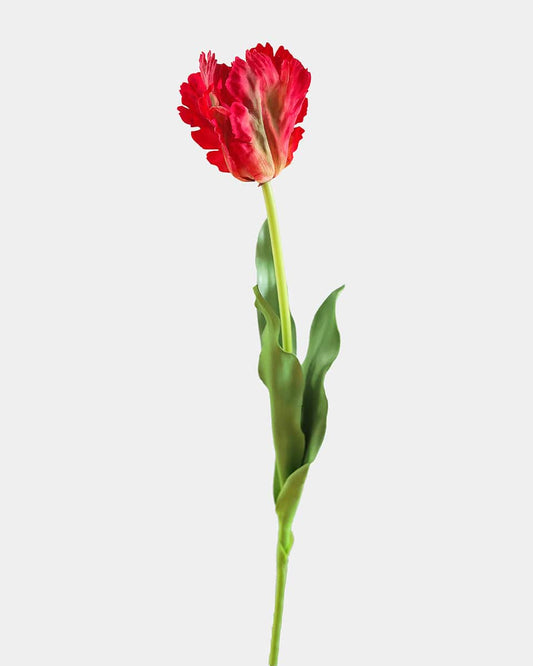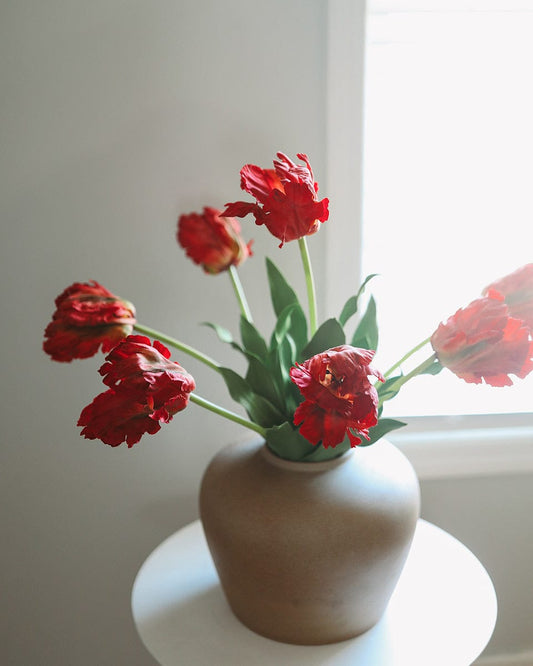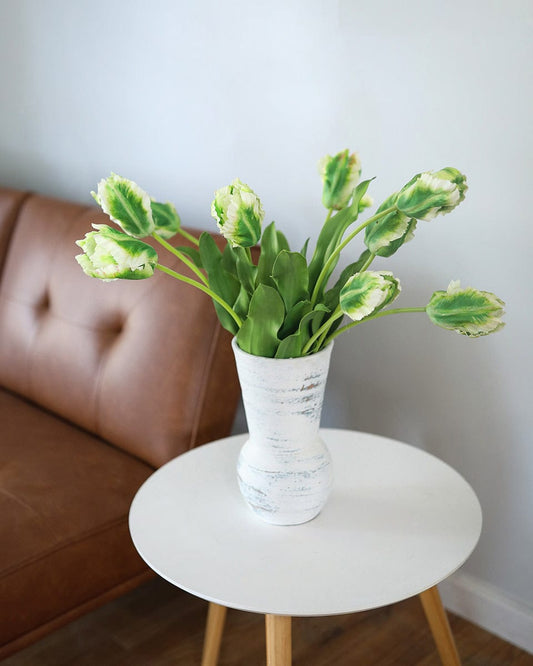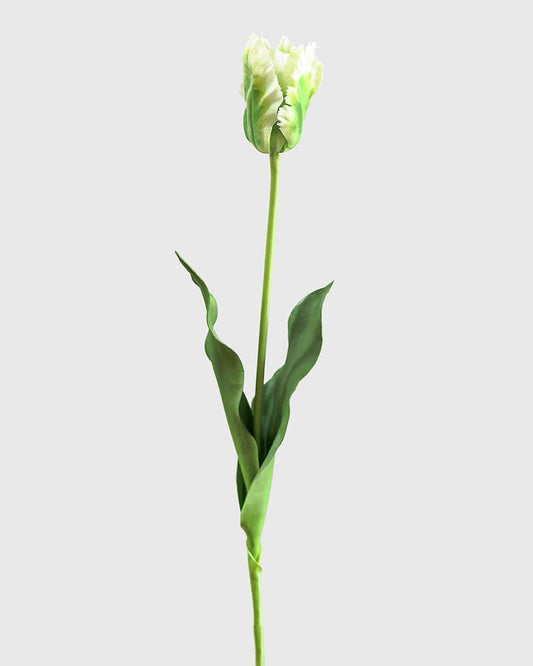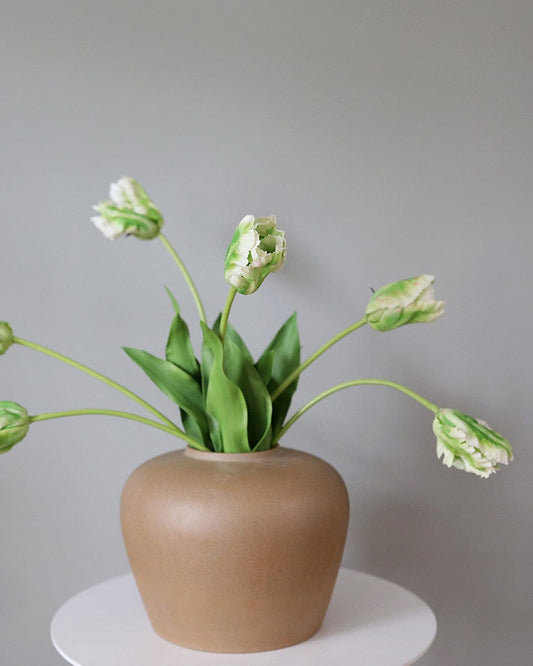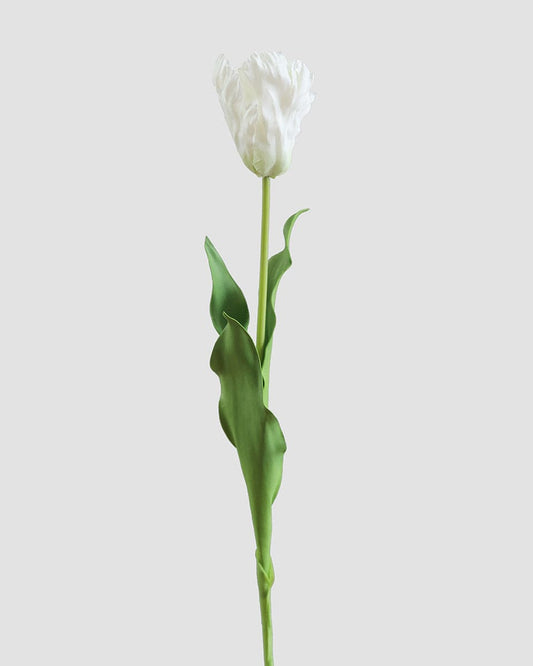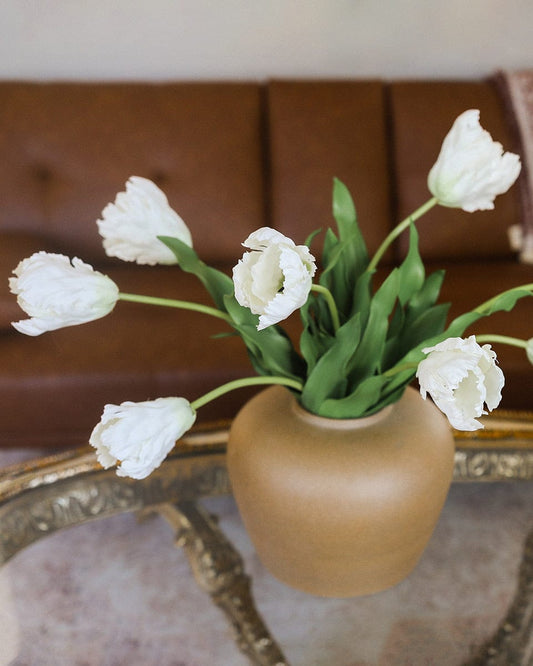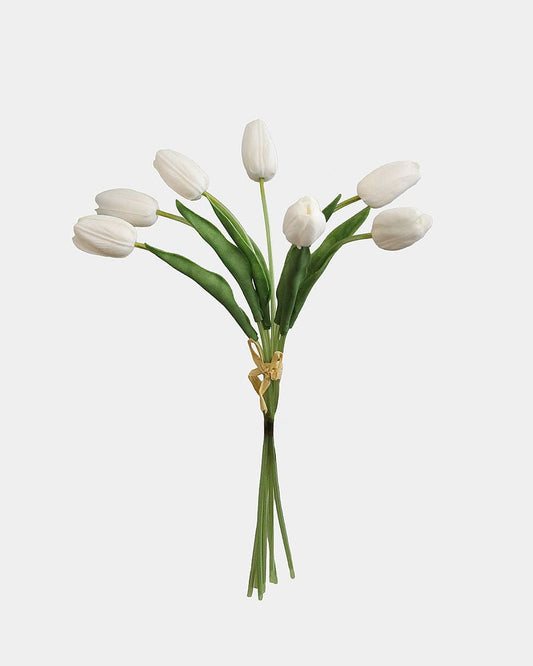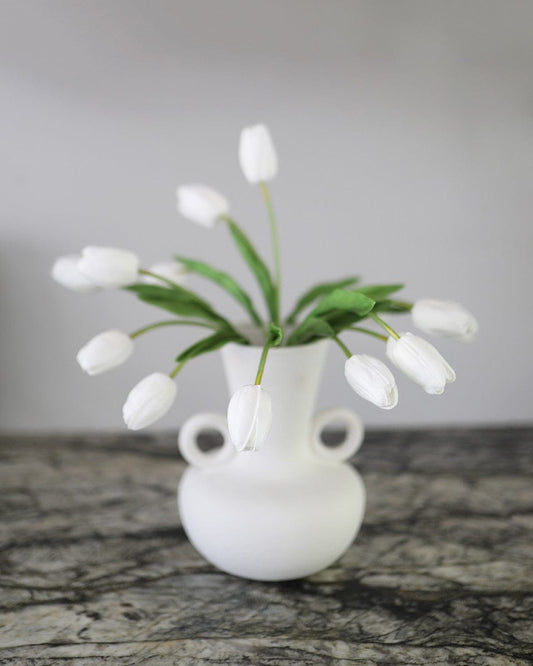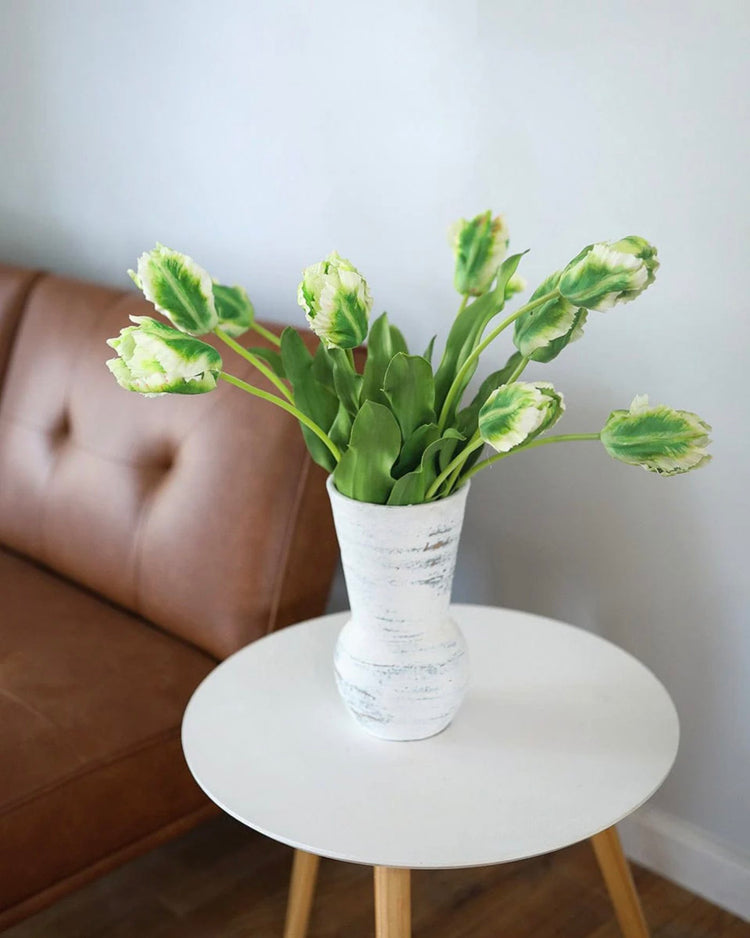Tulips
Our artificial tulips capture the essence of spring, yet seamlessly transition through seasons to create captivating centerpieces and enhance arrangements with their timeless charm.
-
Real Touch Lemon Parrot Tulip 27"
Regular price $19.99Regular priceUnit price per -
Real Touch Red Parrot Tulip 27"
Regular price $19.99Regular priceUnit price per -
Real Touch Tulip Bud in Green 27"
Regular price $19.99Regular priceUnit price per -
Real Touch Green Parrot Tulip 22.5"
Regular price $14.99Regular priceUnit price per -
Real Touch White Parrot Tulip 27”
Regular price $19.99Regular priceUnit price per -
Real Touch White Tulip Bundle 15"
Regular price $24.99Regular priceUnit price per




